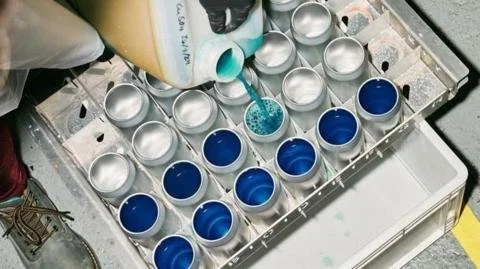Can Aluminium Outshine Plastic in Packaging? The Future of Sustainable Solutions
In a bold move to tackle the global plastic crisis, Meadow, a pioneering startup, is reimagining how everyday products are packaged by replacing traditional plastic with aluminium cans. This innovative approach focuses on using recyclable aluminium for products ranging from toiletries to condiments, capitalizing on aluminium’s impressive recycling rate of 81%, significantly surpassing plastic’s 52%. Meadow’s unique system not only adjusts the standard drink can for various dispensing options (like pumps or spray nozzles) but also allows for easy recycling once the contents are used up, reducing plastic waste.
Victor Ljungberg, co-founder of Meadow, emphasizes that ”the greenest container already exists - the aluminium can.” However, while aluminium is highlighted for its strong recyclability and lower transport energy requirements compared to glass, the transition faces challenges. For instance, producing new aluminium is energy-intensive and costs about four times that of glass, with industry leaders like Mark Lansley noting that affordability will be key for wider adoption.
Consumer acceptance is another hurdle; many people have strong associations with traditional packaging, often tied to brand identity. Packaging experts point out that while aluminium’s advantages might appeal on a sustainability front, its rigidity and opacity could restrict how products are presented and recognized by consumers in the market. For example, many brands have spent decades creating their iconic packaging that emphasizes distinct shapes and materials.
Furthermore, ongoing advancements in plastic’s sustainability—like biodegradable options—pose a competitive challenge to aluminium’s rise. While aluminium has great potential, as Jayne Paramor of Anthesis states, the flexibility and durability of plastics may still dominate in many sectors, suggesting a complex future where both materials might co-exist as brands pursue sustainable solutions.

